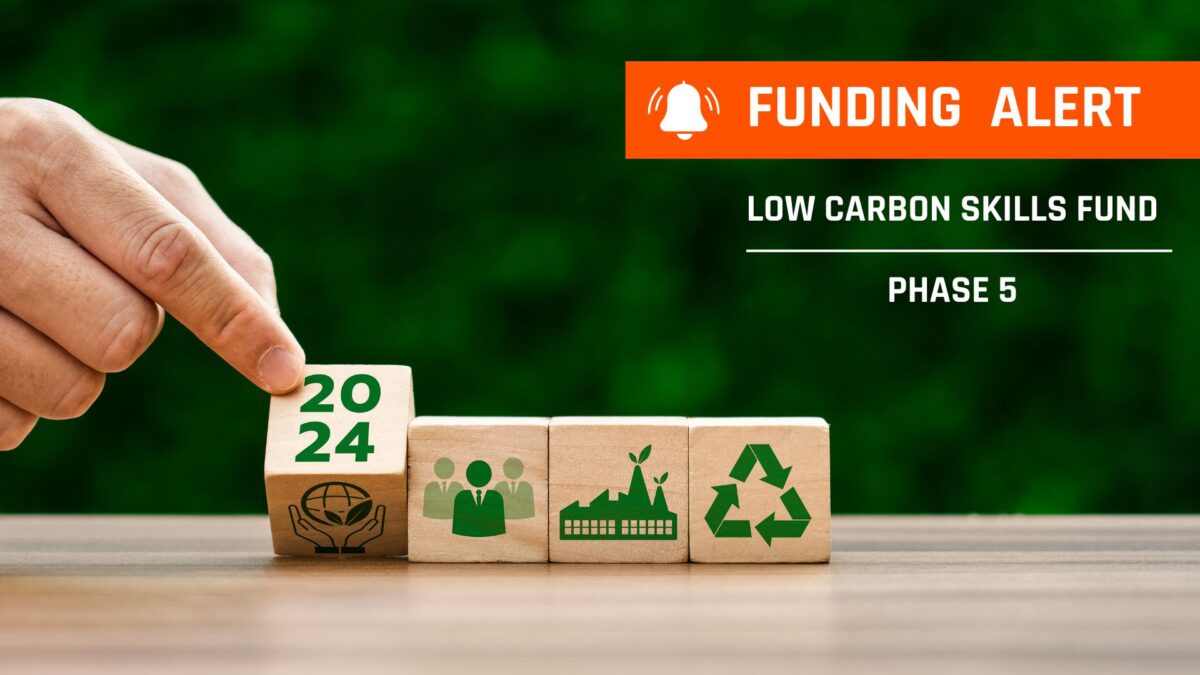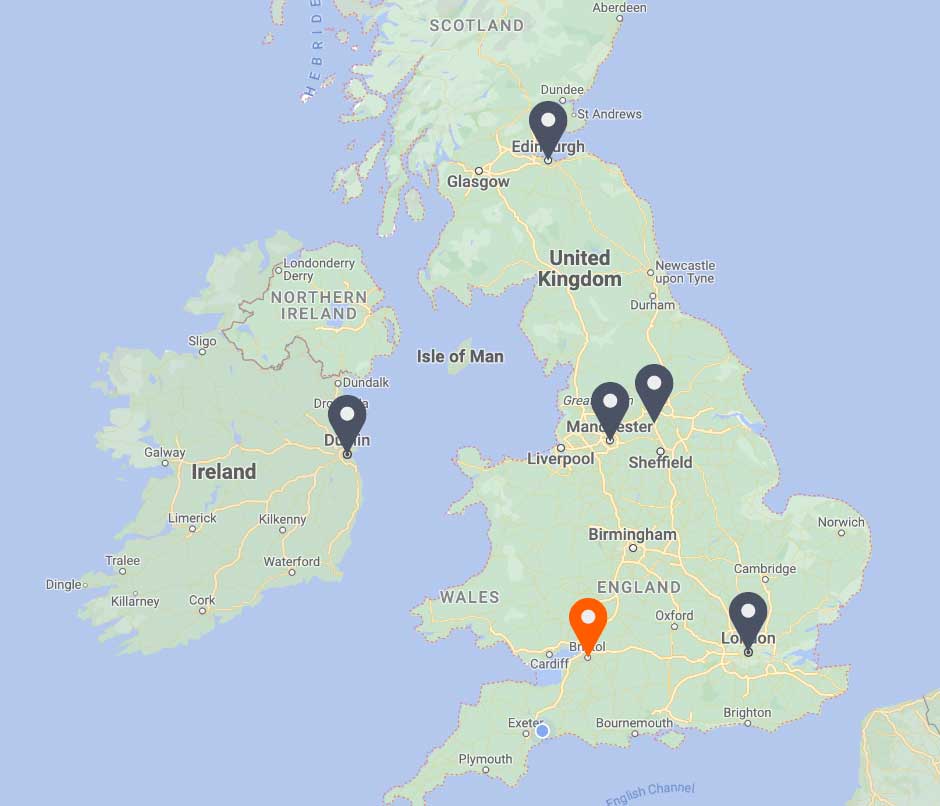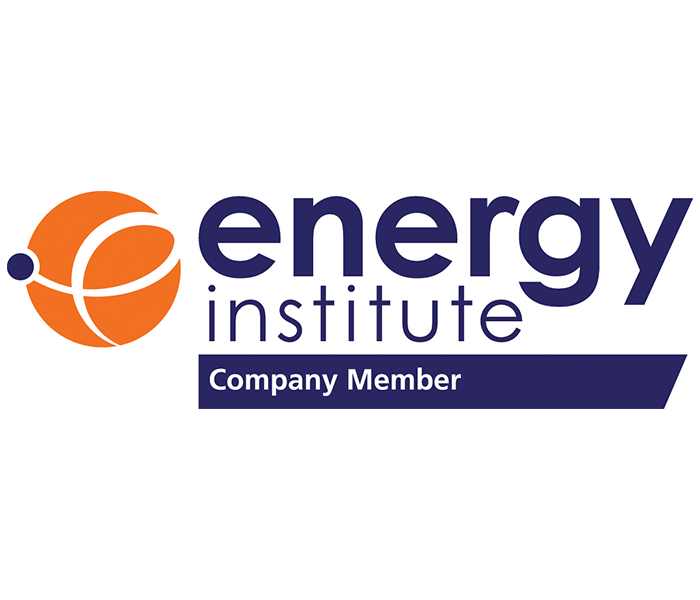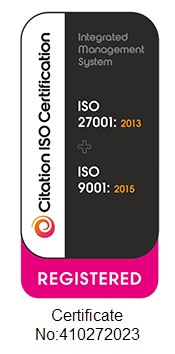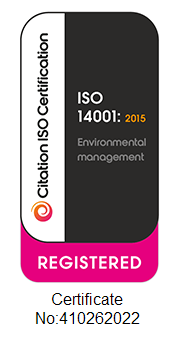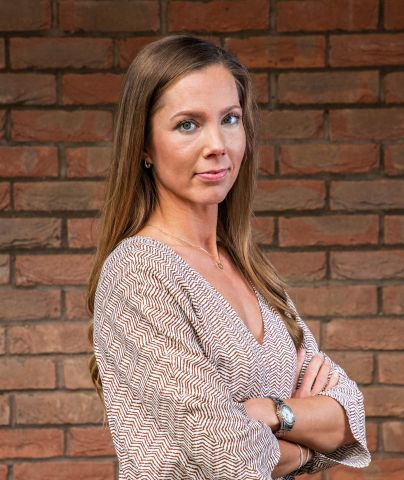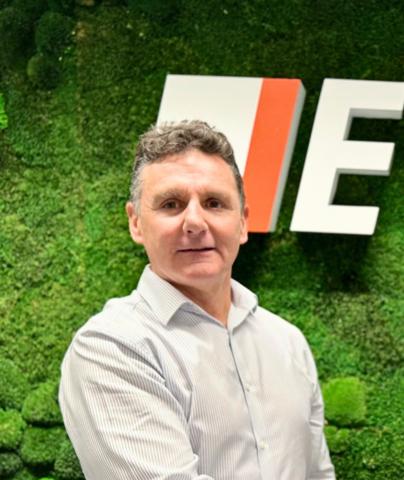THIS ARTICLE AT A GLANCE
CONTACT ETS
If you have any questions or would like to discuss further what you should be doing, ETS is here and willing to help.
Call 0117 205 0542
Email enquiries@energy-ts.com
Submit a contact form
CHECK OUR SERVICES
Troubleshooting HVAC Issues in New and Old Buildings

HVAC (heating, ventilation and air conditioning) issues are common across buildings new and old. Even where new buildings are designed with high-level performance credentials in mind, such as BREEAM ‘Outstanding’ and LEED Platinum, this does not mean they are free from problems. More often than not, these highly accredited buildings come with significant heating, cooling, and control issues that only become apparent when they are finally handed over to the client and are fully operational. Older buildings often face the same problems – though for different reasons.
Understanding why these problems arise and how best to approach them is essential for ensuring your building is running at an optimal level. In many cases, the best approach is to partner with an energy expert who can guide you in the right direction.
What issues are faced by new and old buildings?
As mentioned, new buildings are prone to a significant amount of HVAC issues. Clients often mistakenly believe that because a building is boasted as being energy efficient and well-optimised that they don’t have to do any work after taking it over. Often, they’ll find when they finally move into the building, that the BMS hasn’t been optimally commissioned, the heating and cooling systems aren’t working together effectively or there are issues with the air supplies.
Old buildings are prone to the same common HVAC issues. However, they normally arise from different circumstances – such as systems failing after many years of use, or poor maintenance practices. Often, businesses fail to monitor that key systems are functioning properly, and this ends up significantly impacting the building’s energy performance and functionality. As a result, any efforts to improve conditions end up being an uphill struggle.
The consequences of the above issues are numerous. They lead to excessive running costs, key equipment failure and downtime, and poor working conditions for the building occupants, which can leave everyone frustrated. Then, if the company attempts to address these issues without the necessary expertise, they’re only likely to cause more trouble for themselves. Most companies don’t have the time needed to address HVAC issues properly themselves – in situations like these, the value of getting a fresh set of eyes to look into the problems can’t be overstated.
What are the main benefits of HVAC troubleshooting in the smart building and energy technology industry?
Modern smart buildings often have a lot of untapped potential for efficiency; but without the right commissioning and calibration, they’ll never be able to perform to the level to which they were designed. The main benefit of involving an outside advisor in the process is that it simplifies things. Chasing up HVAC issues with the building manager can easily lead to long, drawn-out conversations, where the blame is passed between the different parties involved in the construction and maintenance. It’s an issue that becomes even more complicated for large, multi-site organisations.
Partnering with a company that has the capacity to assist across multiple buildings will allow you to reach the level of optimisation you desire in a quick manner, supplying solutions that you can apply across the whole of your company.
What steps should businesses take?
When new buildings are in a process of transition from the developer to the occupant, we recommend involving a third party that specialises in energy performance and optimisation. Including a company that can carry out the necessary testing and commissioning – while maintaining an impartial, outside perspective – will help ensure a smooth transition can be secured, without any vested interest. Similarly, with older buildings, an expert can use their know-how to pragmatically rectify legacy issues and ensure the site is performing an optimal level.
ETS has the expertise to guide companies through these processes and ensure any HVAC issues are swiftly and effectively resolved.
Final thoughts
If you are looking for an energy management system that is tailored to your business needs, ETS can provide you with 25 years of experience in dramatically improving energy efficiency and reducing environmental impacts. Whether your businesses have individual assets or large international portfolios, ETS can assist you in saving substantial amounts of money while significantly reducing your carbon performance.
To discuss your requirements, get in touch. You can contact us by calling 0117 205 0542 or drop us an email at enquiries@energy-ts.com.
HVAC (heating, ventilation and air conditioning) issues are common across buildings new and old. Even where new buildings are designed with high-level performance credentials in mind, such as BREEAM ‘Outstanding’ and LEED Platinum, this does not mean they are free from problems. More often than not, these highly accredited buildings come with significant heating, cooling, and control issues that only become apparent when they are finally handed over to the client and are fully operational. Older buildings often face the same problems – though for different reasons.
Understanding why these problems arise and how best to approach them is essential for ensuring your building is running at an optimal level. In many cases, the best approach is to partner with an energy expert who can guide you in the right direction.
What issues are faced by new and old buildings?
As mentioned, new buildings are prone to a significant amount of HVAC issues. Clients often mistakenly believe that because a building is boasted as being energy efficient and well-optimised that they don’t have to do any work after taking it over. Often, they’ll find when they finally move into the building, that the BMS hasn’t been optimally commissioned, the heating and cooling systems aren’t working together effectively or there are issues with the air supplies.
Old buildings are prone to the same common HVAC issues. However, they normally arise from different circumstances – such as systems failing after many years of use, or poor maintenance practices. Often, businesses fail to monitor that key systems are functioning properly, and this ends up significantly impacting the building’s energy performance and functionality. As a result, any efforts to improve conditions end up being an uphill struggle.
The consequences of the above issues are numerous. They lead to excessive running costs, key equipment failure and downtime, and poor working conditions for the building occupants, which can leave everyone frustrated. Then, if the company attempts to address these issues without the necessary expertise, they’re only likely to cause more trouble for themselves. Most companies don’t have the time needed to address HVAC issues properly themselves – in situations like these, the value of getting a fresh set of eyes to look into the problems can’t be overstated.
What are the main benefits of HVAC troubleshooting in the smart building and energy technology industry?
Modern smart buildings often have a lot of untapped potential for efficiency; but without the right commissioning and calibration, they’ll never be able to perform to the level to which they were designed. The main benefit of involving an outside advisor in the process is that it simplifies things. Chasing up HVAC issues with the building manager can easily lead to long, drawn-out conversations, where the blame is passed between the different parties involved in the construction and maintenance. It’s an issue that becomes even more complicated for large, multi-site organisations.
Partnering with a company that has the capacity to assist across multiple buildings will allow you to reach the level of optimisation you desire in a quick manner, supplying solutions that you can apply across the whole of your company.
What steps should businesses take?
When new buildings are in a process of transition from the developer to the occupant, we recommend involving a third party that specialises in energy performance and optimisation. Including a company that can carry out the necessary testing and commissioning – while maintaining an impartial, outside perspective – will help ensure a smooth transition can be secured, without any vested interest. Similarly, with older buildings, an expert can use their know-how to pragmatically rectify legacy issues and ensure the site is performing an optimal level.
ETS has the expertise to guide companies through these processes and ensure any HVAC issues are swiftly and effectively resolved.
Questions about energy management technology?
If you have any questions regarding the energy needs of your business, our expert team at ETS are always here to help. You can contact us by calling 0117 205 0542, emailing us at enquiries@energy-ts.com or you can submit a contact form.
Related Article
Important Update: What You Need to Know about ESOS Phase 3
Time is ticking for the ESOS Phase 3 deadline. The Environment Agency announced that the reporting system is available now. For organisations qualifying for ESOS Phase 3, the deadline for submitting a compliance notification is 5 June 2024, and organisations should still look to meet this compliance notification deadline where possible.
Earth Day 2024
Earth Day represents a vital reminder of our planet’s fragility and the importance of preserving its natural resources for future generations. It’s a time to unite to combat climate change, protect ecosystems, and promote environmental stewardship.
Low Carbon Skills Fund Phase 5 secures £16 million (Public sector)
Low Carbon Skills Fund Phase 5 has been announced for the new financial year 2024 to 2025. With £16 million of funding available, public sector organisations in England now have the opportunity to harness the technical skills and expertise needed to develop robust heat decarbonisation plans that will pave the way for Net Zero.































